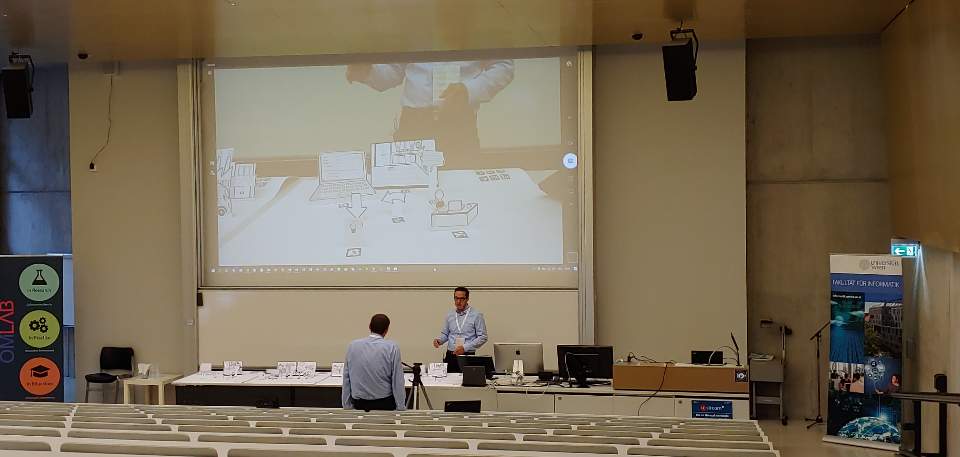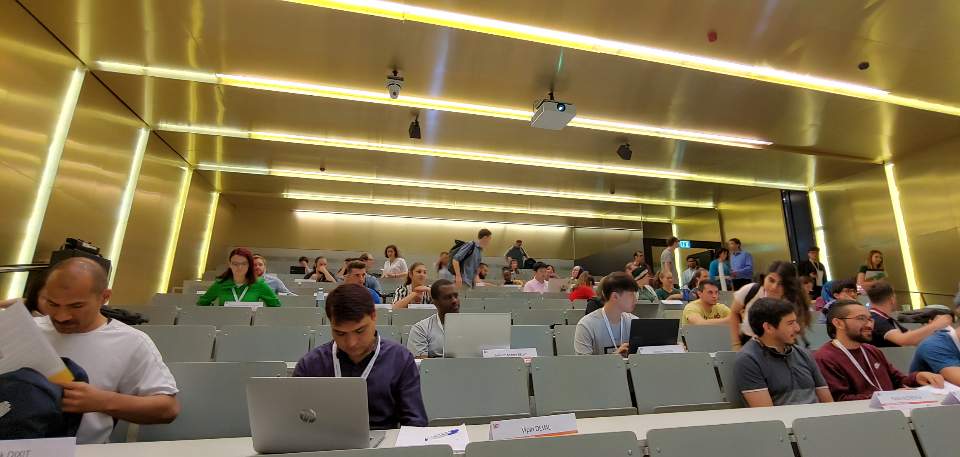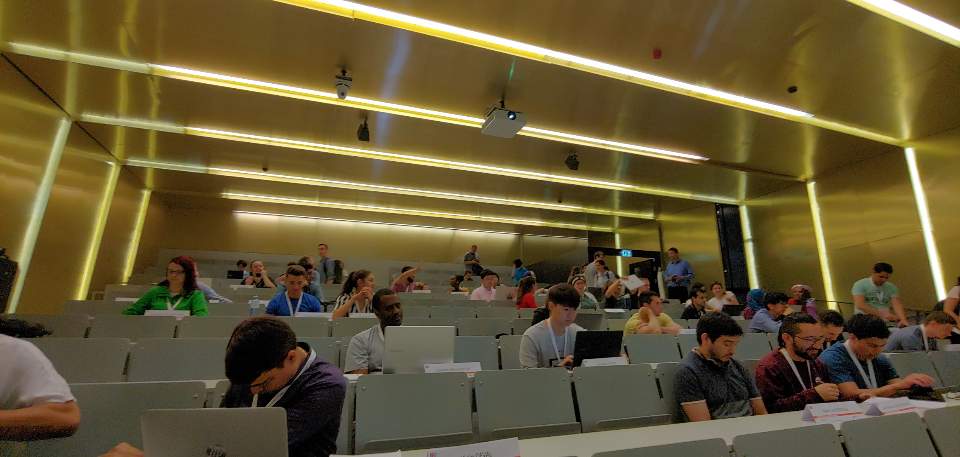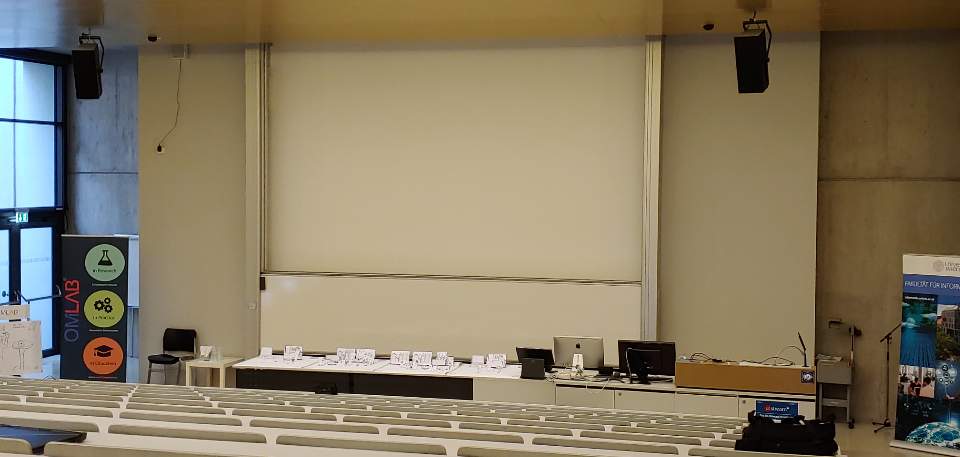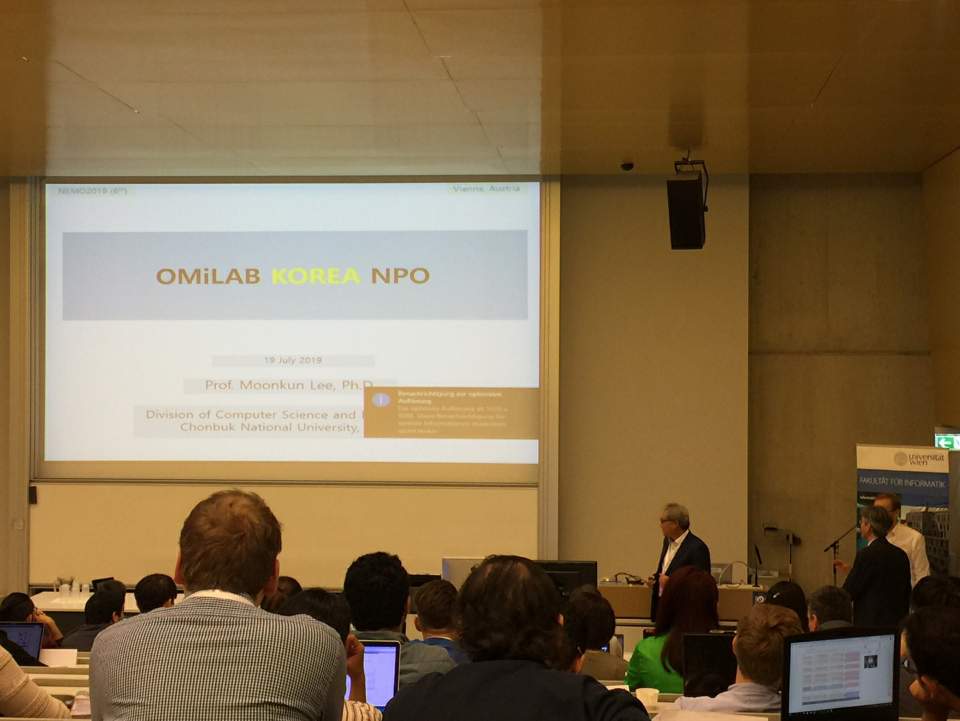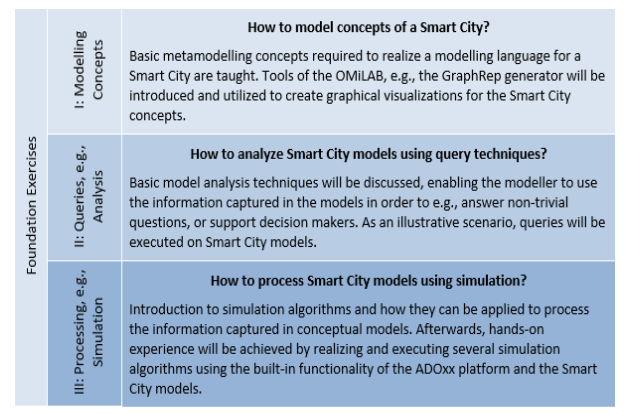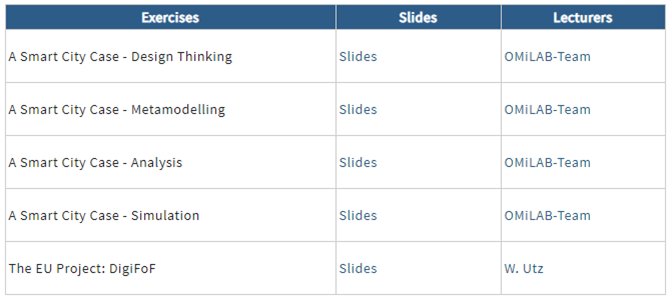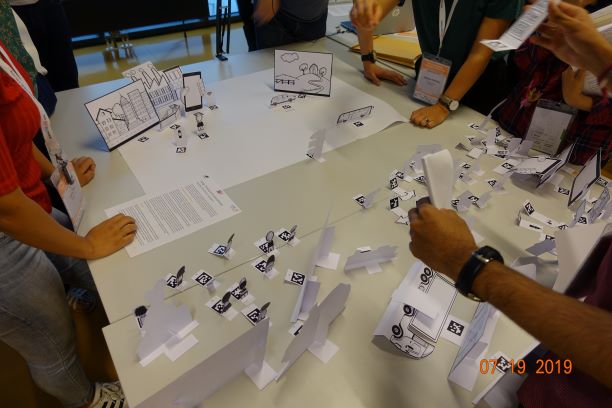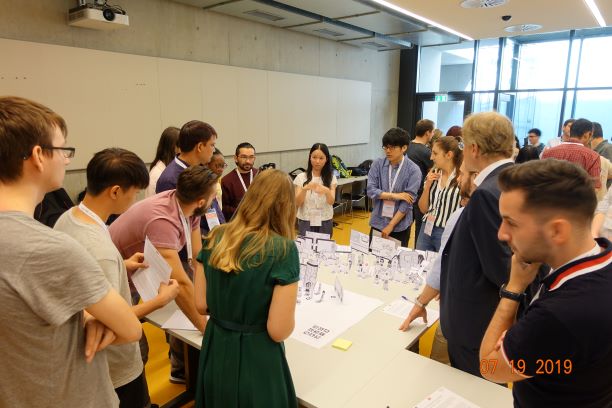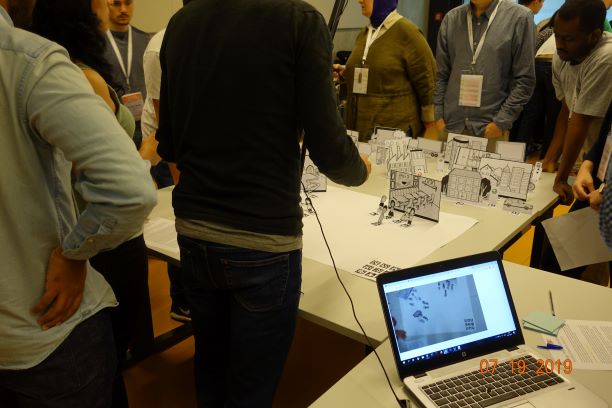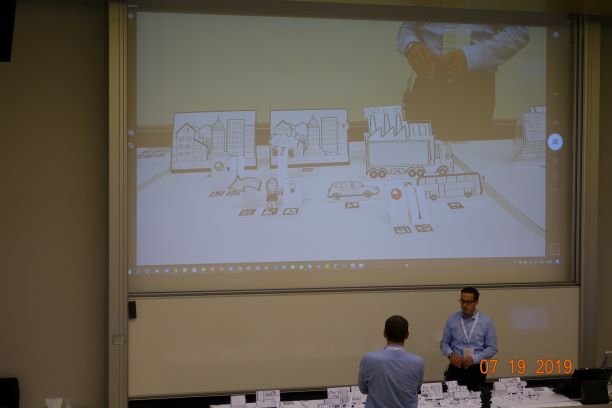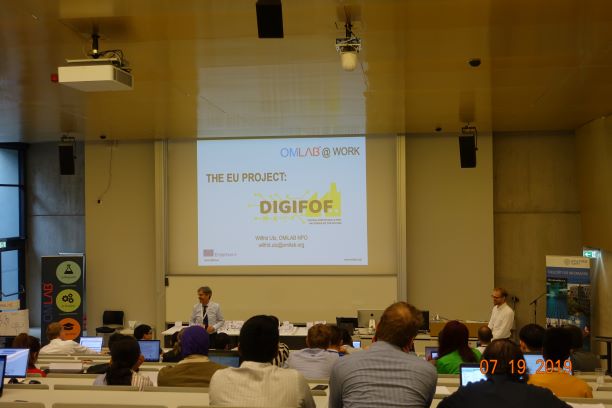
A Smart City Case - Design Thinking Workshop
Omilab-Team, University of Vienna, Austria
Abstract
By 2050 two-thirds of the world’s population is expected to live in cities (Untied Nations, 2014). One of UN’s explicit development goals is to ensure that urban agglomerations provide sustainable cities and communities. As cities become more and more complex planning bodies around the world consider digitization as one possible solution to their pressing issues. Initiatives in which technologies play a key role, like smart mobility, smart housing, and smart environment have been implemented all over the world. The ultimate goal is to use technology in such a way, that it is less perceptible to the end user yet it increases the life quality, comfort and safety of the city’s citizens. This requires an integrated, interdisciplinary approach, which allows identifying, analyzing, and supporting humans and their context in a predominantly digital environment [1]. Such an approach is facilitated by Design Thinking which applies designer problem solving techniques for agile, ideation, prototyping and testing in innovative processes. It enables early exploration and validation of design(s) of new services, smart products and disruptive business models. The workshop will introduce storyboards as a Design Thinking tool. We will use haptic paper objects to depict scenes, the key moments in a storyboard, in the context of a given Smart City problem. Subsequently we will use an automated transformation process supported by the Scene2Model tool to transform these scenes into diagrammatic models while simultaneously semantically enriching them. The result of this workshop is intended as inspiration for the following Smart City exercises.
